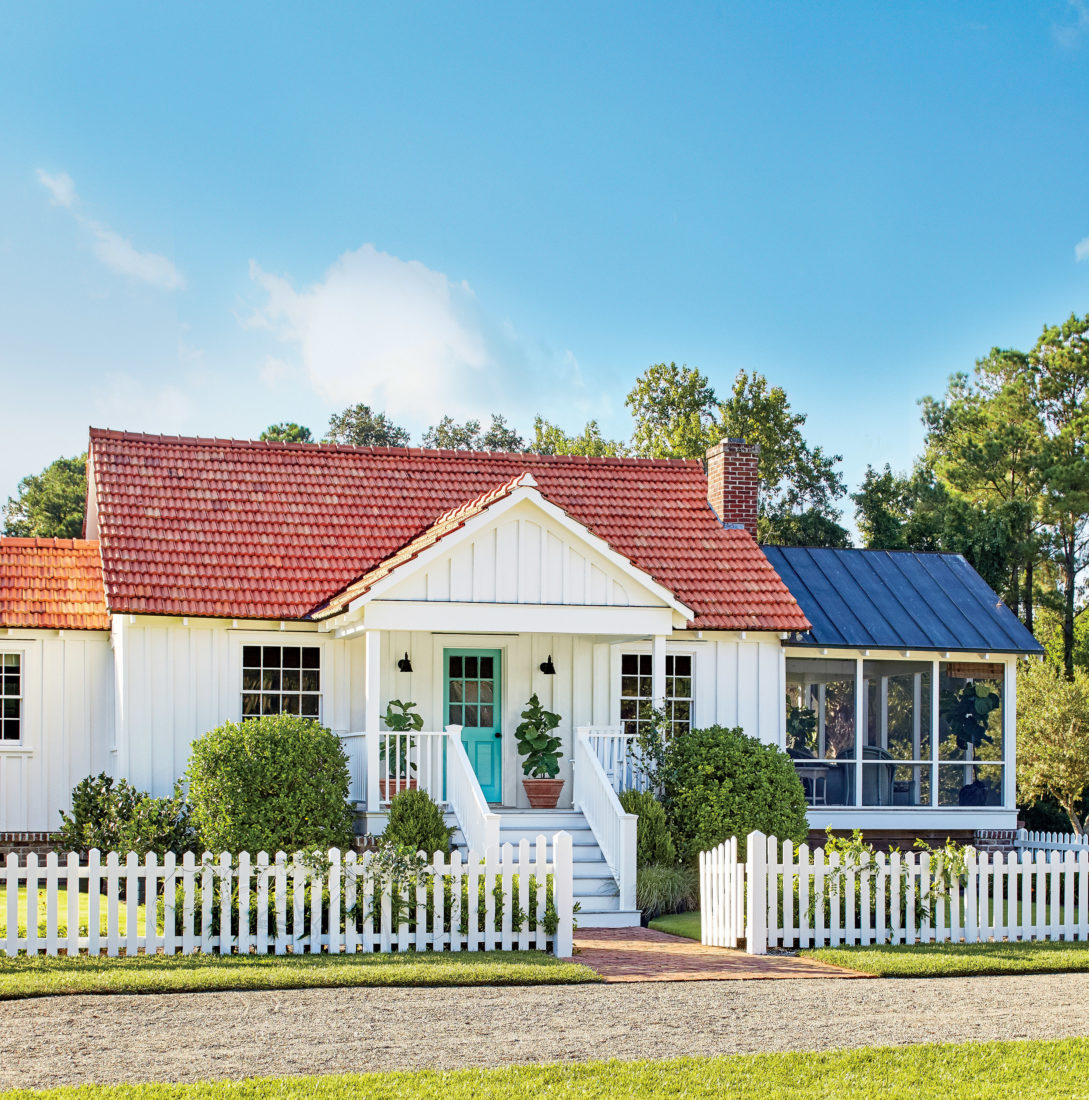Every house tells a tale. Vanita and Harry Morgan’s starts with Henry Ford. In the 1920s, the automobile tycoon built this cypress-clad two-bedroom as a caretaker’s cottage for an 80,000-acre Georgia property he had purchased as a winter retreat. When the Morgans bought the house, in 2002, Ford’s former estate had become part of a sporting development called Ford Plantation. The years between had not been kind to the cottage. But the couple was determined to revive it, with help from Jim Strickland, founder of the Atlanta architecture firm Historical Concepts. “We wanted it to look just like it did originally,” Vanita says. To replace interlocking terra-cotta roof tiles broken over time, she tracked down the original source—a factory in nearby Ludowici that had manufactured the tiles from 1904 to 1914. After two years of renovations and the addition of a screened porch, the Morgans moved in. “We are totally in love with this place,” Vanita says. And with details like these, so is everyone else in the neighborhood.
Roof Tiles:
A single-story home’s roof is as visible from the street as its facade, and deserves just as much consideration when choosing materials. Here, terra-cotta tile adds rich texture.
Board and Batten Siding:
A type of utilitarian millwork popular in the 1920s, board and batten has vertical lines that add the illusion of height to single-story structures, drawing the eye upward.
Front Door:
Vanita, who painted the front door herself, wanted a bright, bold color that would contrast with the white siding and orange roof. She chose Florida Keys Blue (2050-40) by Benjamin Moore.
Porch Lanterns:
To give the front porch warm, inviting light at night, the Morgans found and restored a pair of antique lanterns well suited to the house’s simple architecture.
Picket Fence:
A traditional spear-top picket fence with pyramid posts creates a friendly, come-on-in Southern welcome. Fast-growing and fragrant Confederate jasmine and wisteria help soften its angular lines.








